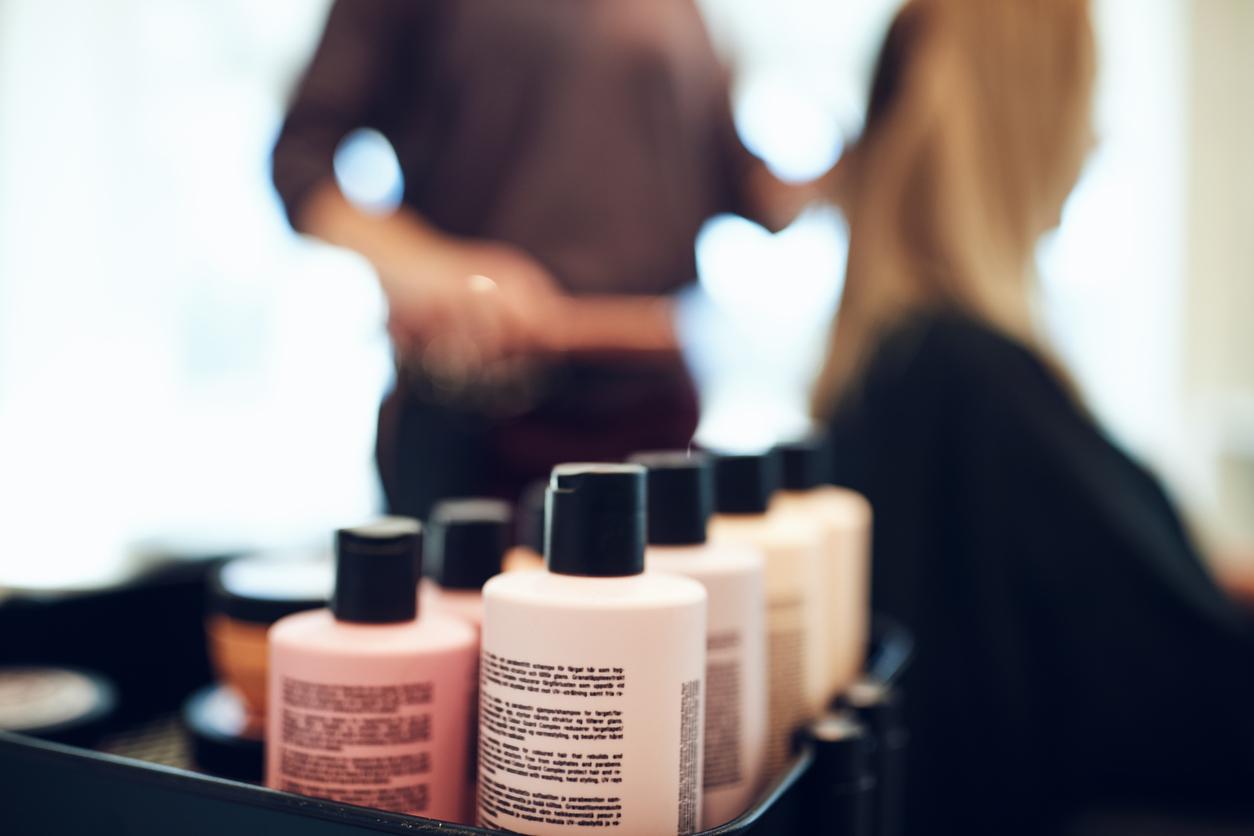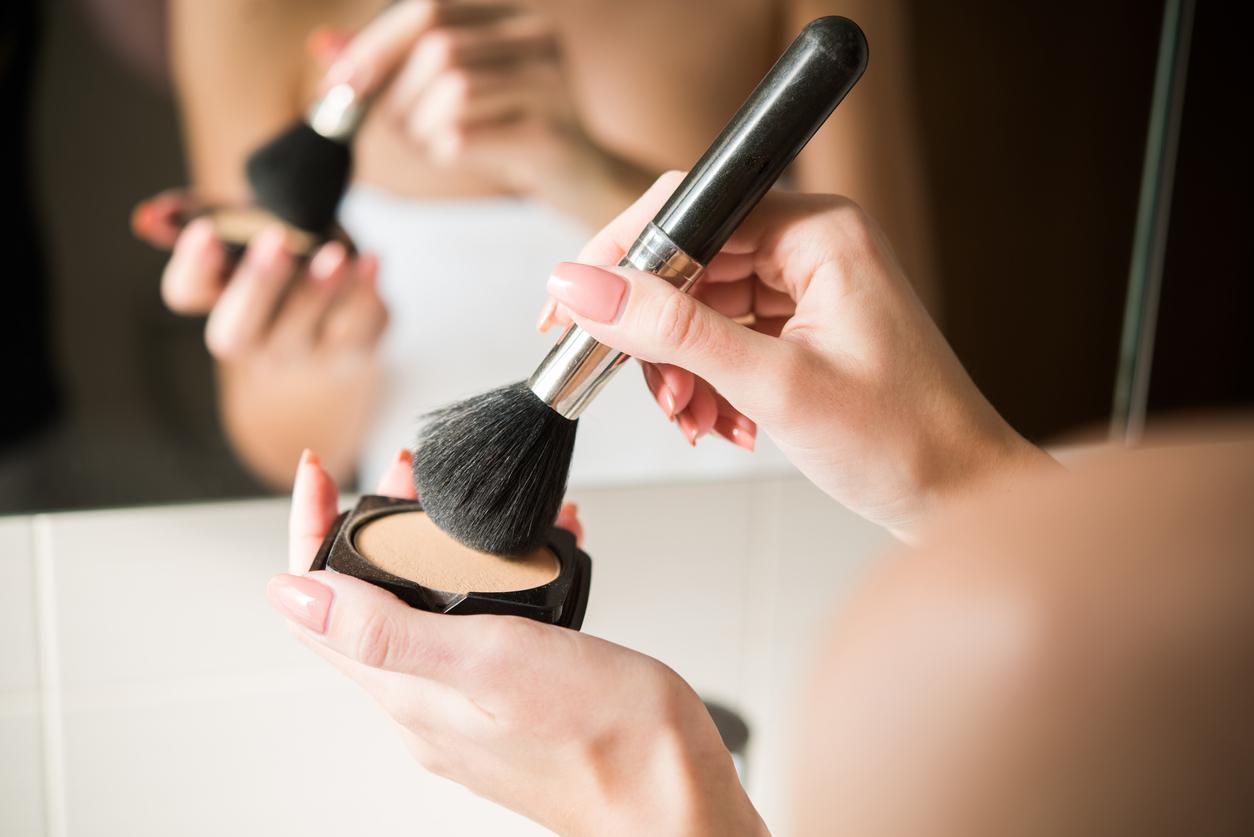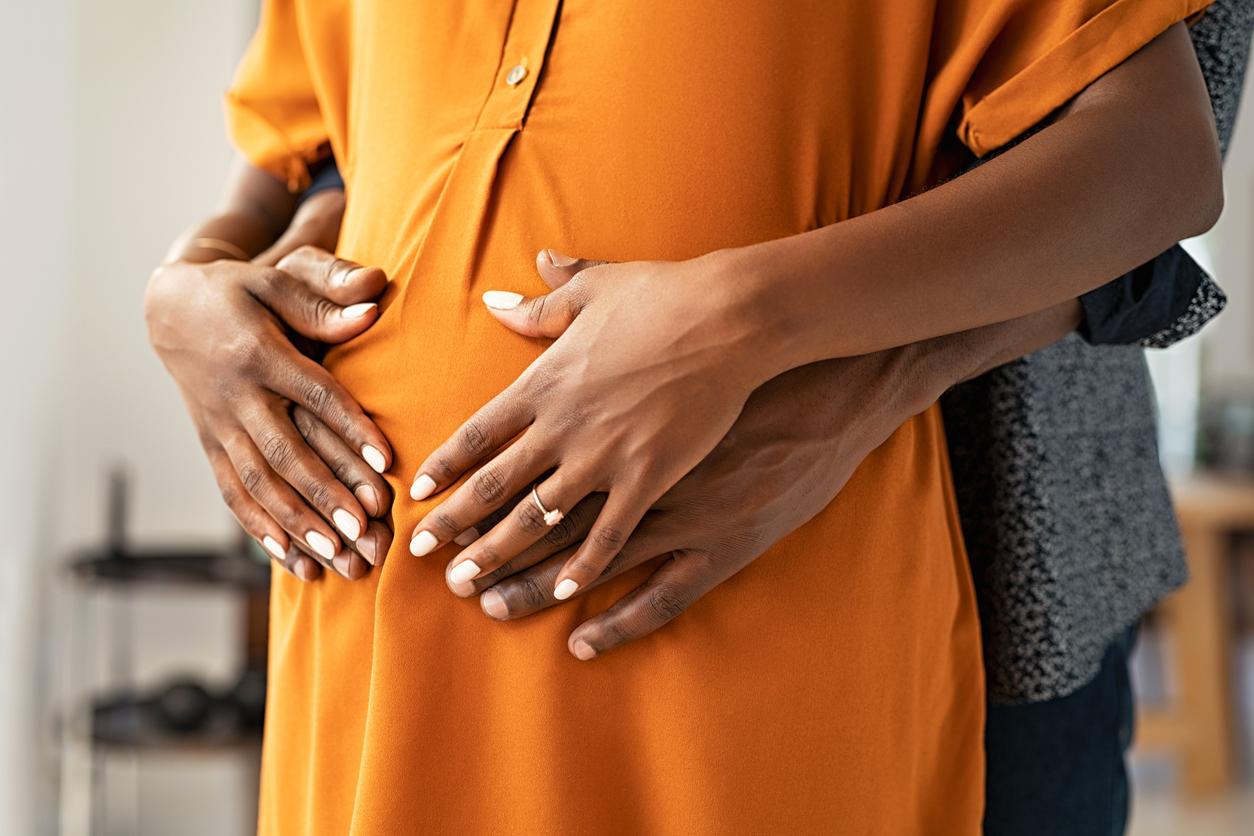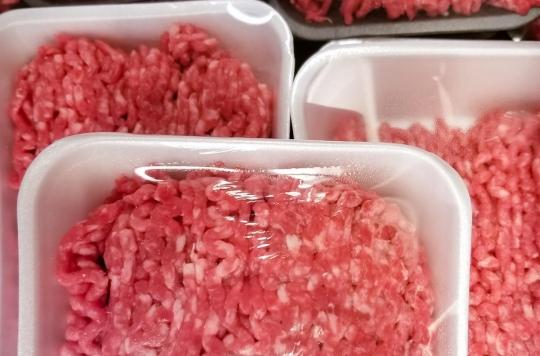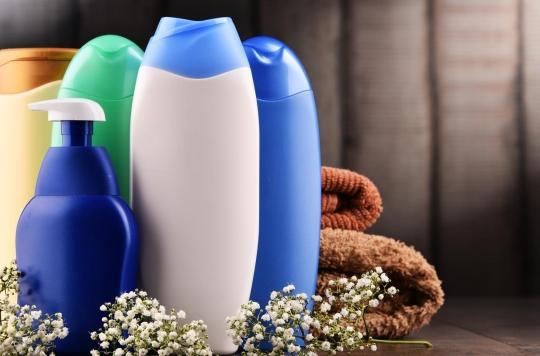Following the publication of 23 cosmetic products containing banned ingredients, the DGCCRF decided to study the conduct of targeted controls.

Alerted by the UFC-Que Choisir, the General Directorate for Competition, Consumption and the Repression of Fraud (DGCCRF) announced Friday that it would launch a series of checks on cosmetic products potentially containing banned ingredients.
On June 7, the consumers’ association published a list of 1,000 cosmetic products containing undesirable substances. During her investigation, she noticed that some references contained, for example, isobutylparaben, an endocrine disruptor banned since 2015 in the European Union, as well as other products whose use was inappropriate. In all, 23 should have been banned from sale.
The association had thus found MIT, an allergen banned in leave-on products since the start of the year, in a children’s sun spray, a styling gel and an eye treatment.
Targeted checks
“We will be carrying out checks to see if these products are still sold today, and for what reasons. We are very careful every year on cosmetics, ”said theAFP Loïc Tanguy, deputy chief of staff at the DGCCRF, recalling that the organization had checked more than 8,000 references in 2016.
Depending on the offending products, the reasons could differ. The complexity of distribution chains would be responsible for the presence, four months after its ban, of MIT in leave-on products. The presence of isobutylparaben will be more complicated to justify.
Determine responsibilities
L’Oréal, concerned by styling gel and eye care, notably claimed to have stopped the production of leave-in products containing MIT several months before the ban. But it was the responsibility of the cosmetics giant to inform its distributors.
In the event of intentional deception, manufacturers or importers risk 30,000 euros in fines and 2 years in prison. For a legal person, the fine can reach 150,000 euros, and 300,000 euros for a distributor. The different players risk passing the buck to each other …
.







